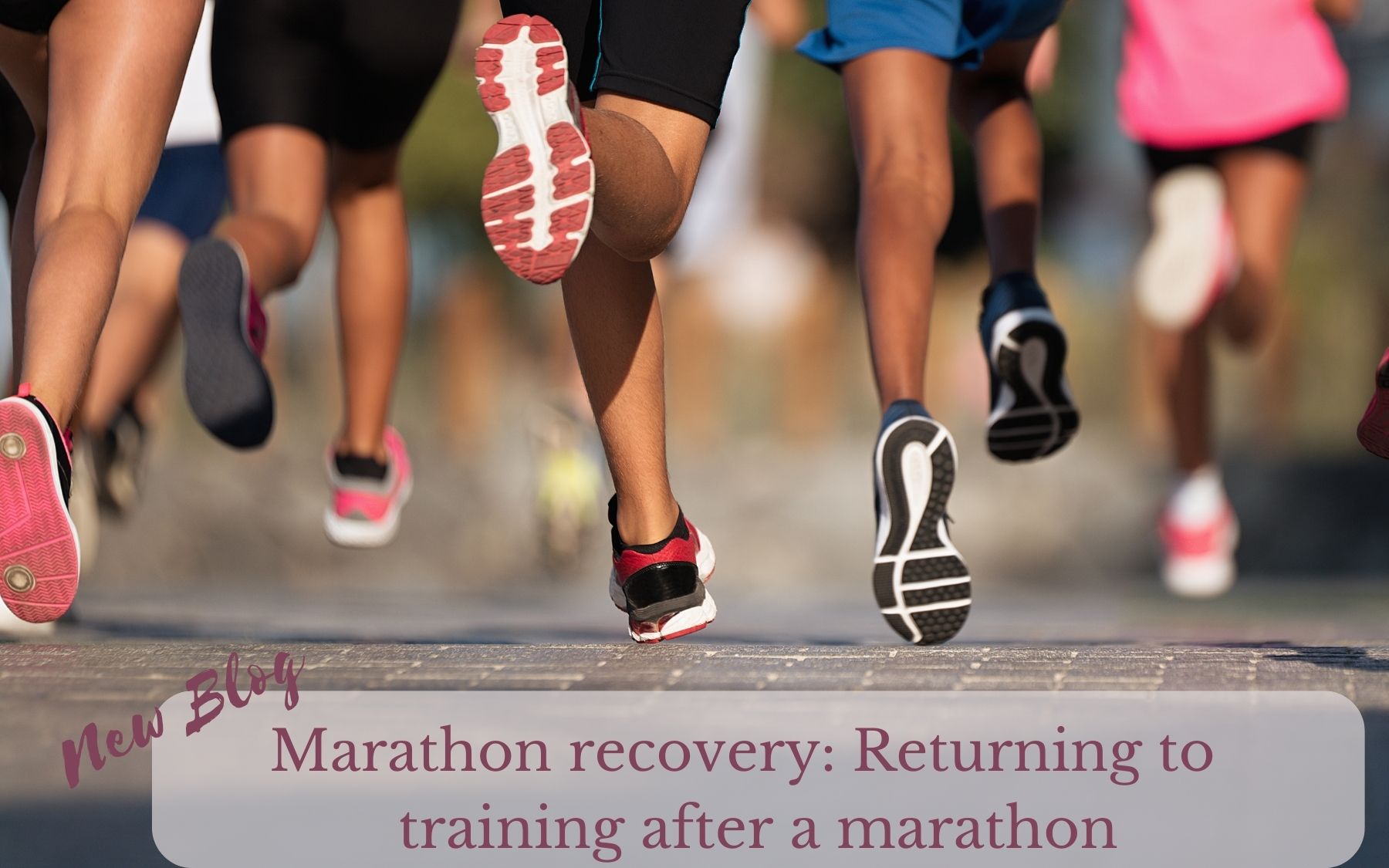Are you feeling out of rhythm with your exercise routine? Are you struggling to stay motivated doing the same set of exercises and the same class? Perhaps it’s time to change it up! Have you tried added strength training into the mix? And, no I am not talking about bulking up and becoming weight lifters, I’m talking getting fit, strong, toned and healthy.
From boosting mood and metabolism to bolstering your body and mind, strength training has magic powers! Whether you choose bodyweight, free weights or resistance bands strength training benefits extend far beyond the body sculpt and tone.
So, before we get onto how to start strength training let’s go over the key benefits, just in case you weren’t convinced. The weights or bands add to the demand placed on your muscles when doing an exercise which forces them to adapt and grow and as this continues as you gradually increase the weight or number of reps over time. But outside of the muscular system this type of training also…
- Increases bone density: post-menopausal women are at greater risk of osteoporosis due to the drop in oestrogen, weight training stimulates new bone growth to counteract this.
- Aids weight management: when you train with weights you build lean muscle which increases your metabolism, burning more calories over the day post workout.
- Boosts mood: strength training releases the endorphins helping relieve anxiety and stress and putting you in a great mood.
- Reduces the risk of heart disease and diabetes: strength training has been proven to aid cardiovascular health to help reduce the risk of heart related conditions.
Research has shown that 30 minutes three times per week is ideal for strength training and NHS guidelines state we should be doing strength sessions that work all muscle groups at least twice per week. Whilst strength training is definitely becoming more popular with women research suggests that many women do not meet the weekly guidelines- so it’s time to try something new! Let’s get strength training.
With the plethora of exercises, pieces of kit and programmes to choose from can be a bit daunting to know where to start. Here are my top tips on getting started with strength training:
- Learn the basics: Get yourself a personal trainer, join a small class or an online live class which has plenty of instruction to get you started.
- Warm up: Spend 3-5 minutes doing dynamic stretch and some aerobic work to warm your body up, raise your heart rate and prepare it for exercise.
- Start light: Start with bodyweight, light weights or a light resistance band and gradually build up over time as you get stronger.
- Form: Make sure you are doing exercises with correct form (this is where the PT or a mirror comes into play). This will help prevent injury and help you build strength in a safe way.
I have long since been an advocate of strength training, particularly for women, and with this in mind I built my platform – Caroline’s Circuits. My workouts are 3 times a week for just 30 minutes. They focus on strength-based circuits which work different muscle groups and challenge the body, keeping the heart rate moderate to high with passive or active rest – they give the perfect mix of strength and cardio for the best results.
The workouts are Monday, Wednesday and Friday at 9am (they are all recorded and available to you on demand within an hour of the session if you can’t make the live). Classes have been specifically designed to suit all fitness levels and create fitness habits which last & which produce results.
Intrigued to know more or have a go? Try a class for free here or read more about the platform here.
If you have any questions please do get in touch.
For more workout ideas and to find out a bit more about me check out my Instagram.
Caroline x


